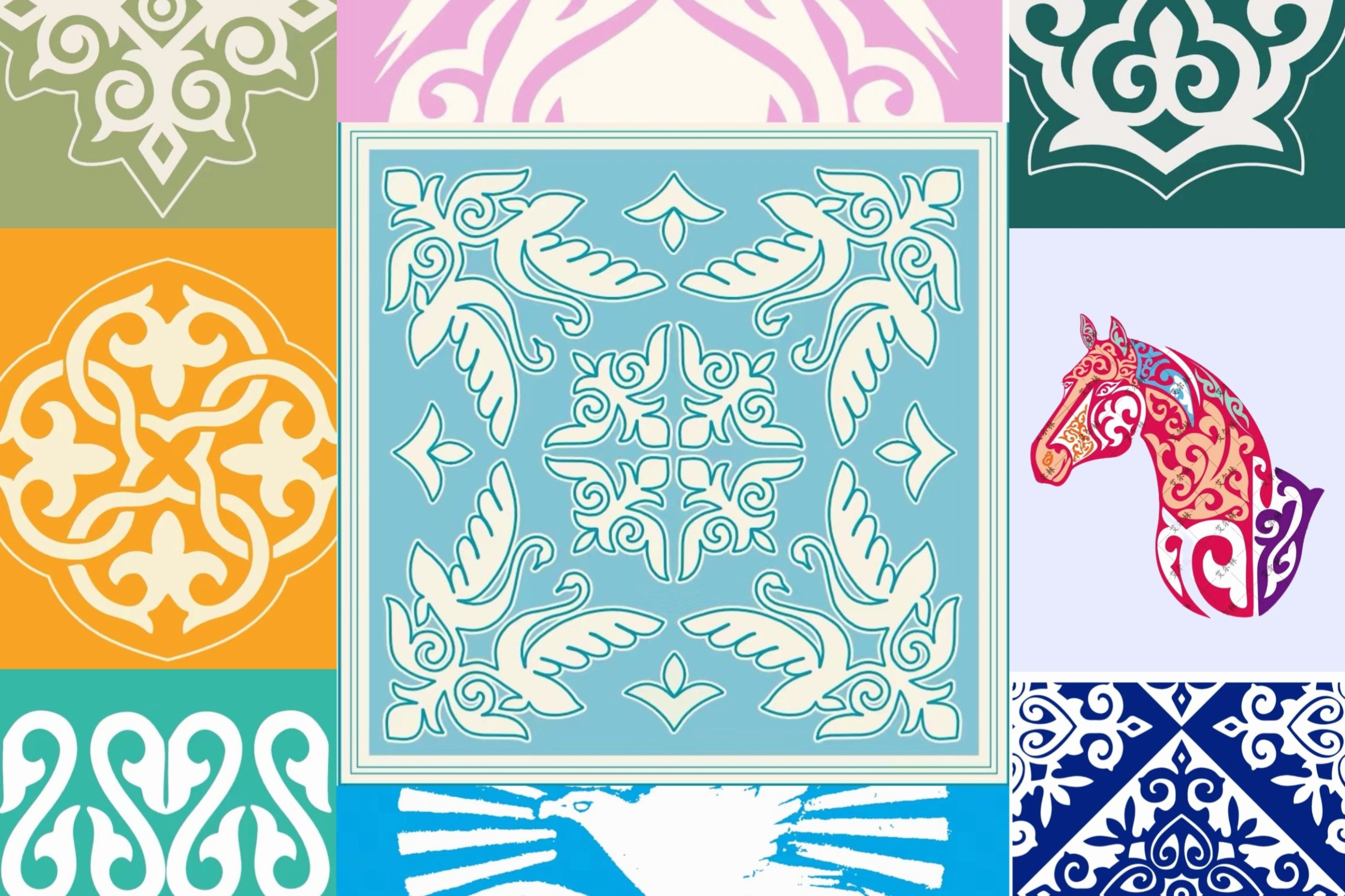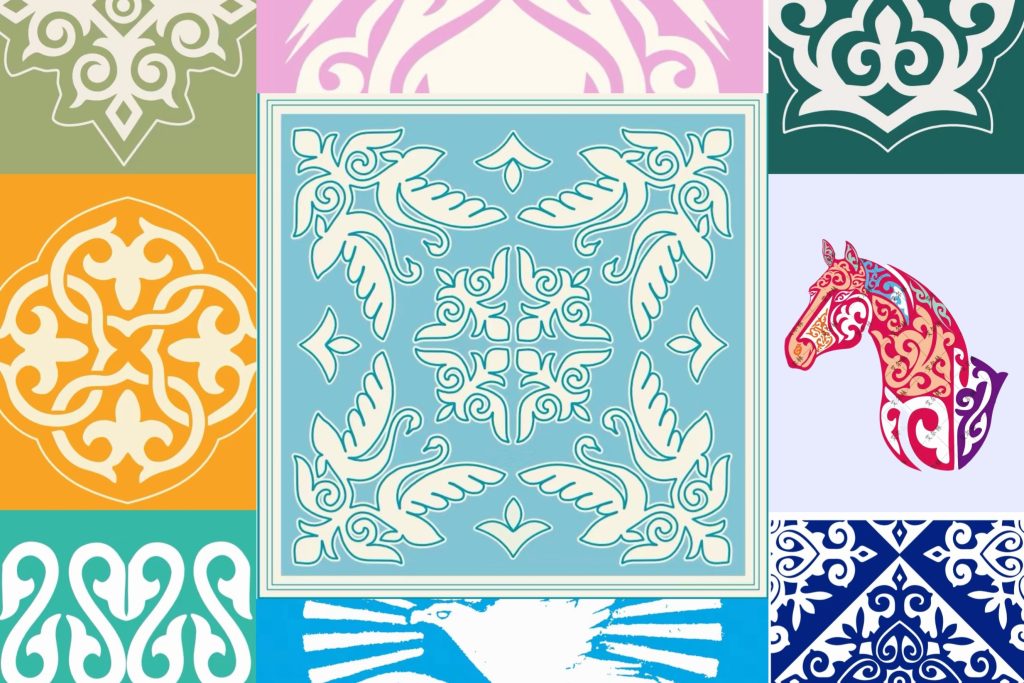
title:Types and Meanings of Kazakh Ethnic Patterns——Part III: Cultural Significance and Modern Influence
author:Harlimubek,Ethnic Publishing House. Beijing 100013
1. Totem Symbolism
In general, there are many patterns in Kazakh patterns that depict the horns of animals such as sheep, cattle, camels, and deer. From this, we can see that the Kazakh people have a worship complex for livestock or regard livestock as sacred during their nomadic life. Therefore, in the process of engaging in animal husbandry, the Kazakh people regard the livestock that are part of their daily life as aesthetic cognition and use different ways, that is, the way of pattern patterns, as marks to engrave on bowls, exquisite items, horse gear, and furniture, and continue to this day.
The Kazakh people have their own writing and totems. The totems of the Kazakh people represent the spiritual symbols, cultural beliefs, and ethnic characteristics of this nation. Each totem is endowed with different meanings by nature, and the totems used will bring good wishes to the wearer.
1.1 Swan:
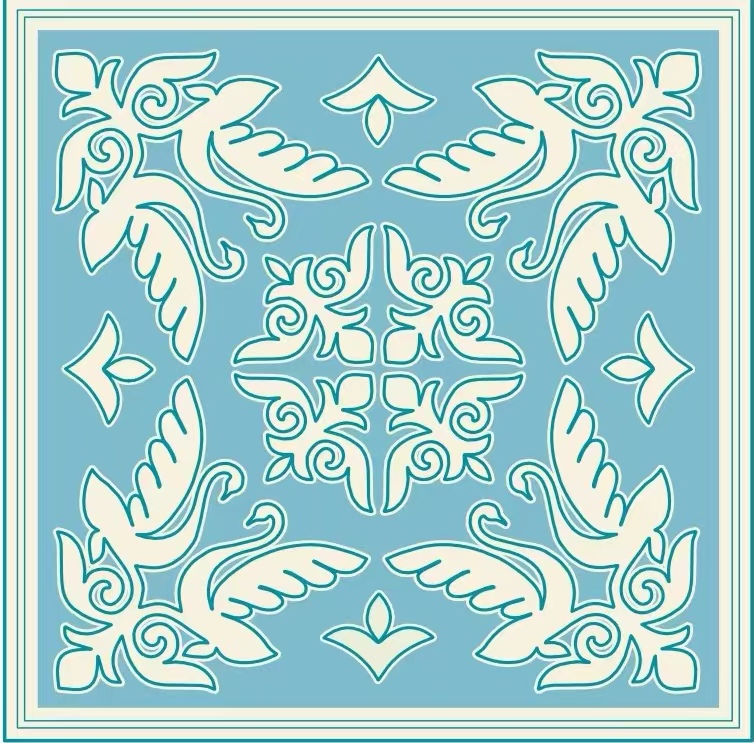
Suitable Occasions: All occasions
Benefits: The embodiment of purity and kindness, showcasing personal pursuit of the spirit of truth, goodness, and beauty, purifying personal energy fields.
1.2 Eagle:
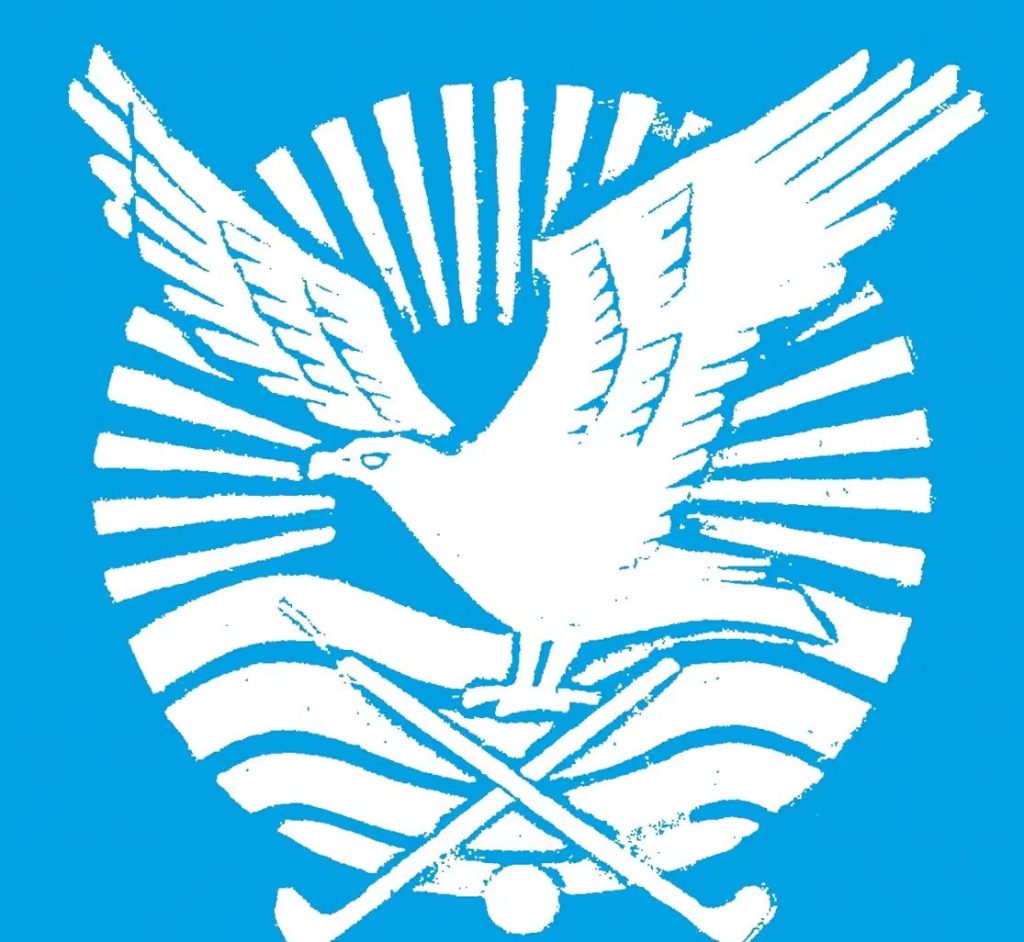
Suitable Occasions: When going out, important occasions such as interviews and exams
Benefits: Represents freedom and bravery, helps with success, implies soaring, increases personal strength, and provides protection.
1.3 Horse:
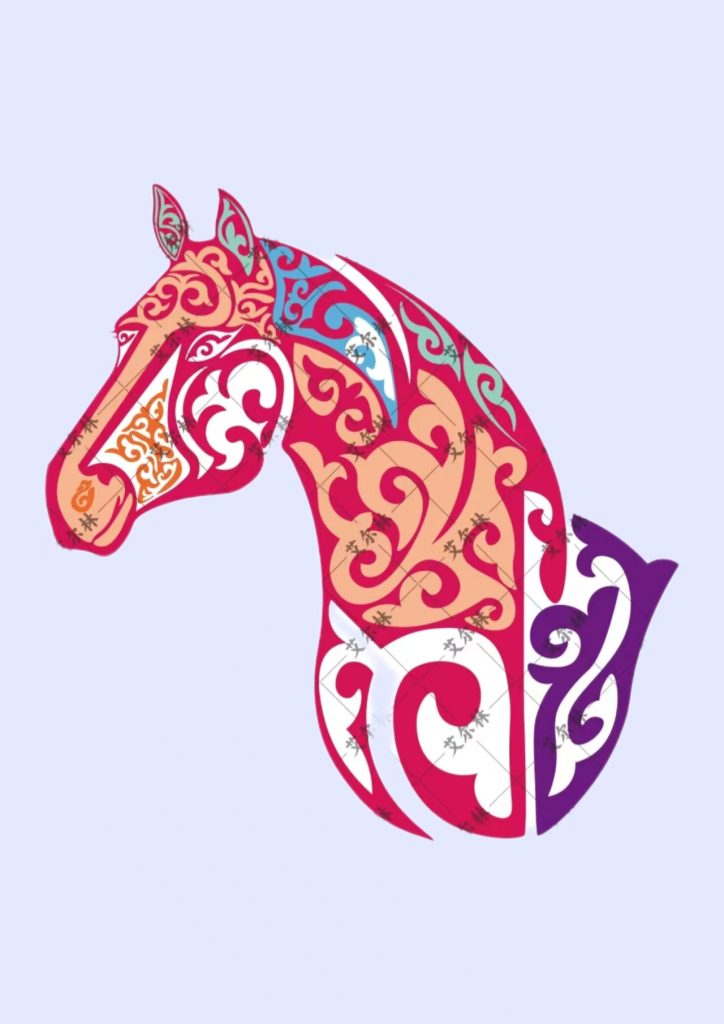
Suitable Occasions: When working, when discussing cooperation
Benefits: Possesses divine power, represents soaring, symbolizes wealth, freedom, and liquidity, loyal partnership, increases wealth and status.
1.4 Sheep:
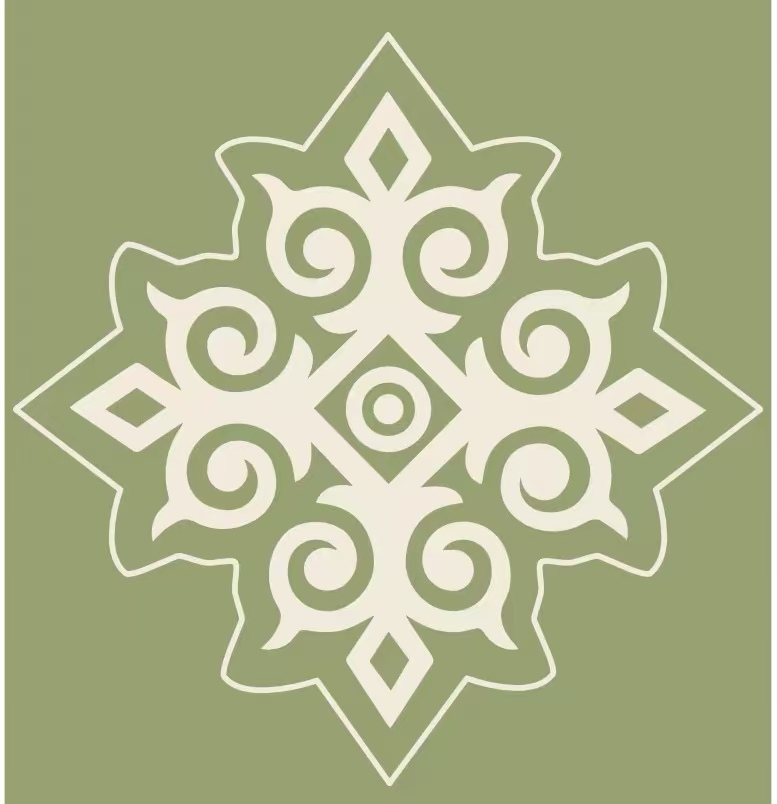
Suitable Occasions: All occasions
Benefits: Symbolizes good fortune and prosperity, helps with daily life stability, prosperity, and abundance.
1.5 Camel Hump:
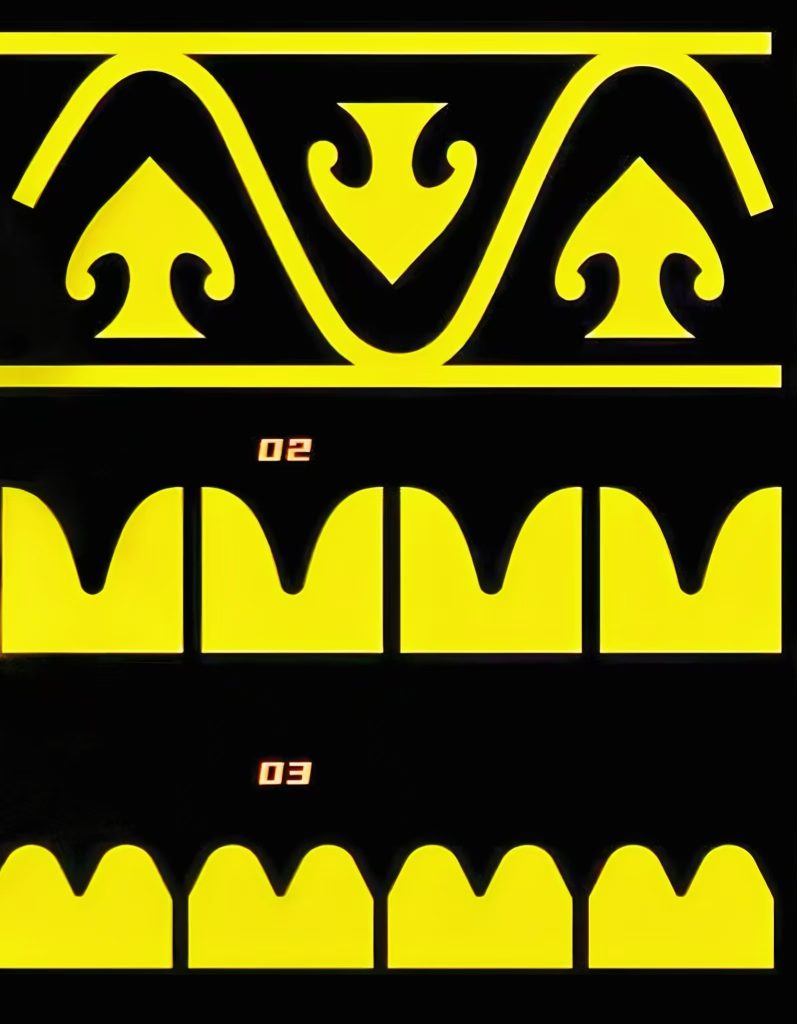
Suitable Occasions: For daily wear or when in a bad state, used in social occasions to regulate interpersonal relationships
Benefits: Improves interpersonal relationships, symbolizes unity and harmony, helps with wealth growth.
1.6 Camel Footprint:
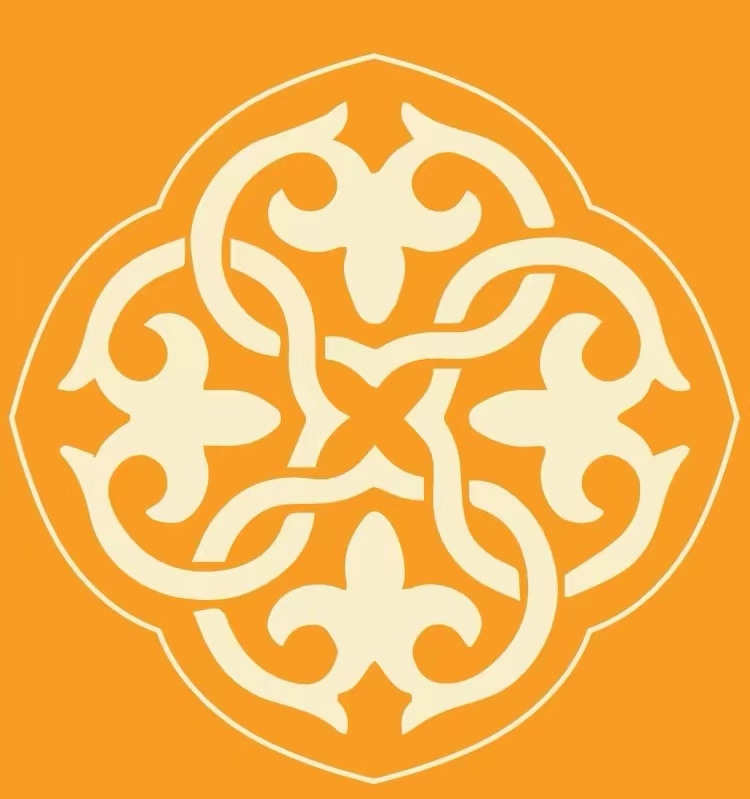
Suitable Occasions: When traveling
Benefits: Provides hope, guidance, romance, implies a safe journey.
1.7 Water:
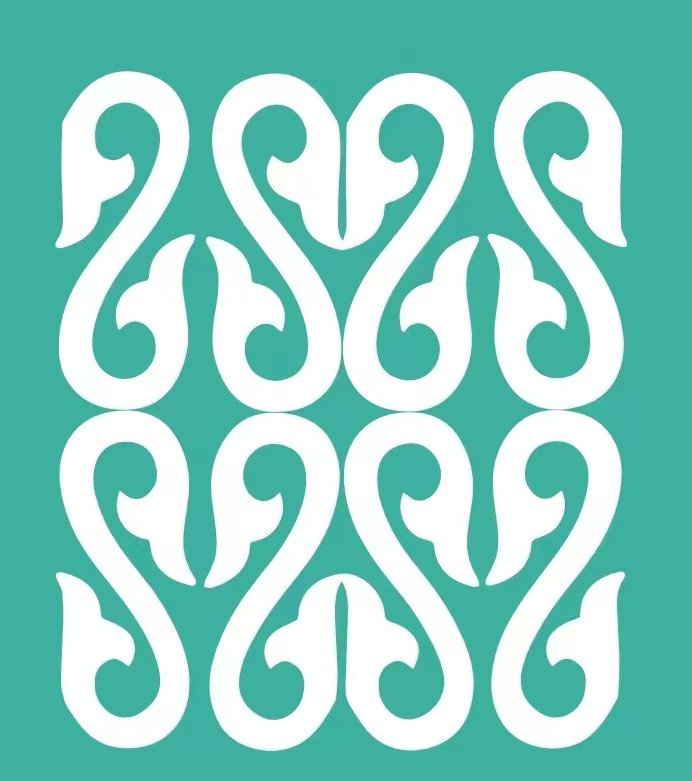
Suitable Occasions: When in a good state
Benefits: Maintains a good state, makes the good state more abundant and ever-lasting, obtains the power and beauty of nature.
1.8 Floral Pattern:
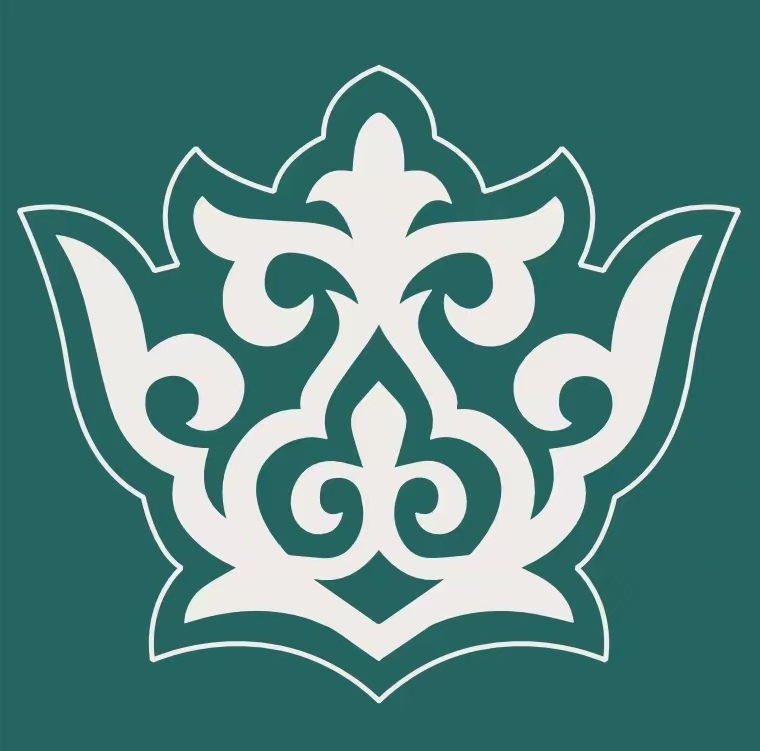
Suitable Occasions: All occasions
Benefits: Enhances female beauty, helps with harmonious relationships and family happiness, makes women more elegant, beautiful, enhances vitality, and improves personal and love fortune.
1.9 Bird Pattern:
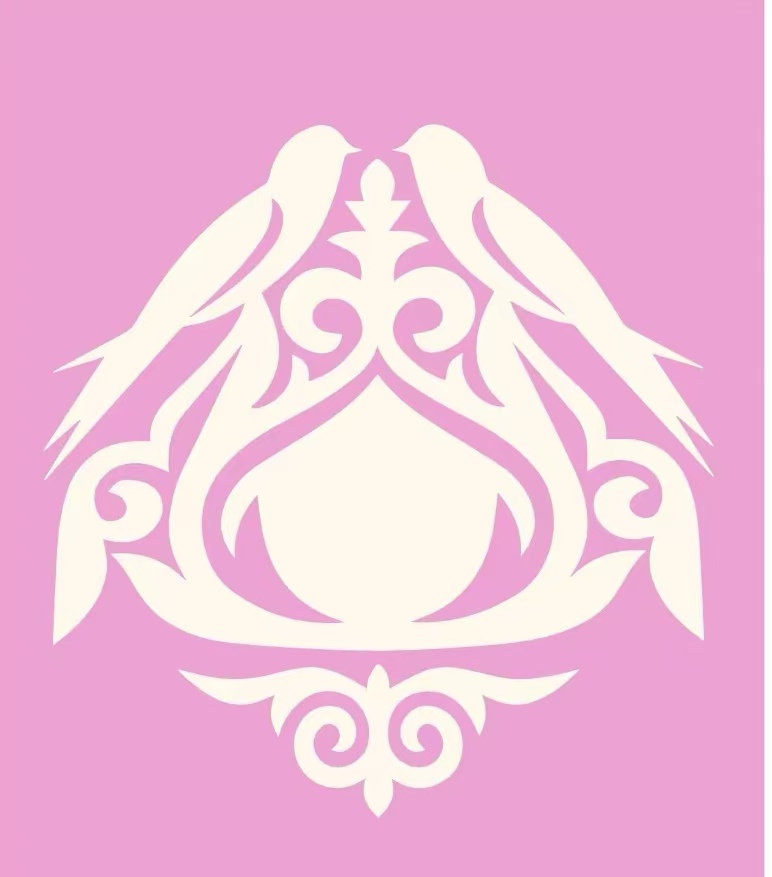
Suitable Occasions: All occasions
Benefits: Auspicious and good meanings, symbolizing luck. Represents freedom and flight, expresses longing and praise for a loved one. Protects and shelters family unity and harmony, eternal love and kinship.
1.10 Sun Pattern:
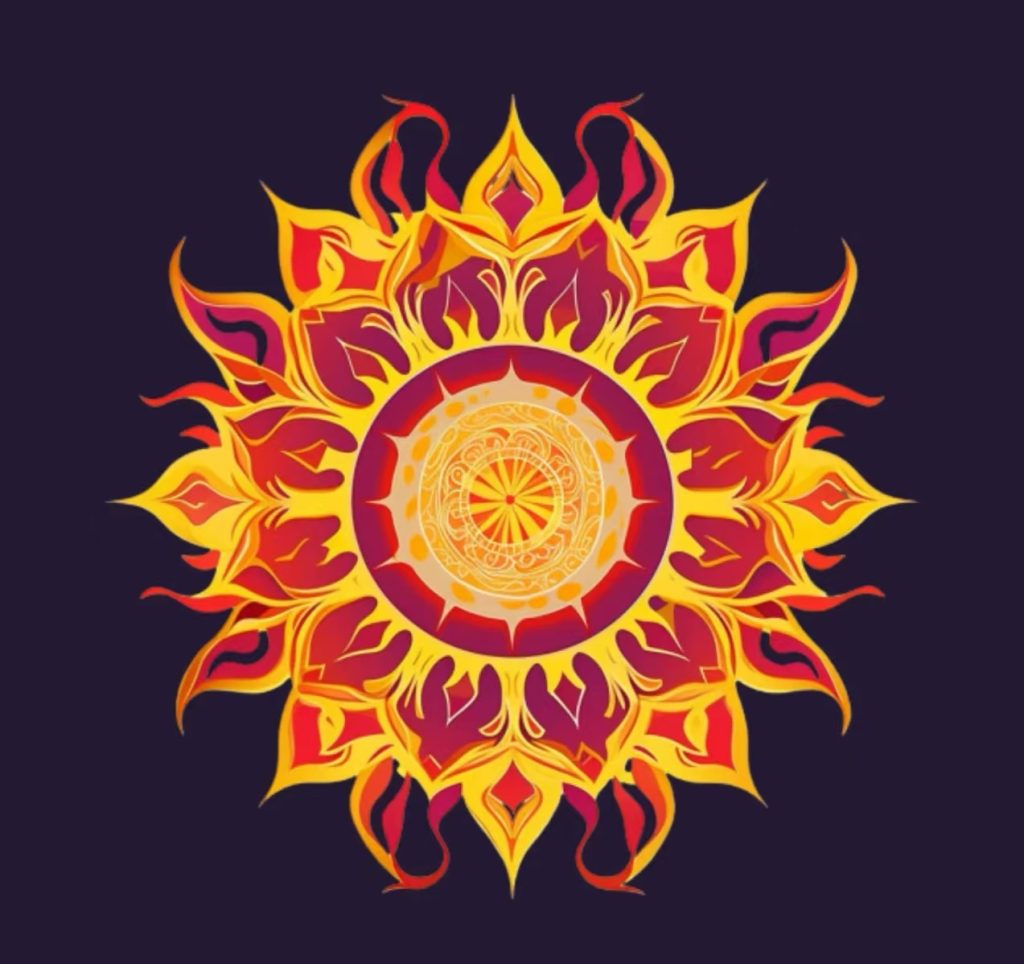
Suitable Occasions: For leaders, when needing to enhance authority, when needing to boost confidence
Benefits: Enhances confidence, conveys the power and warmth of life, adds authority.
1.11 Geometric Patterns
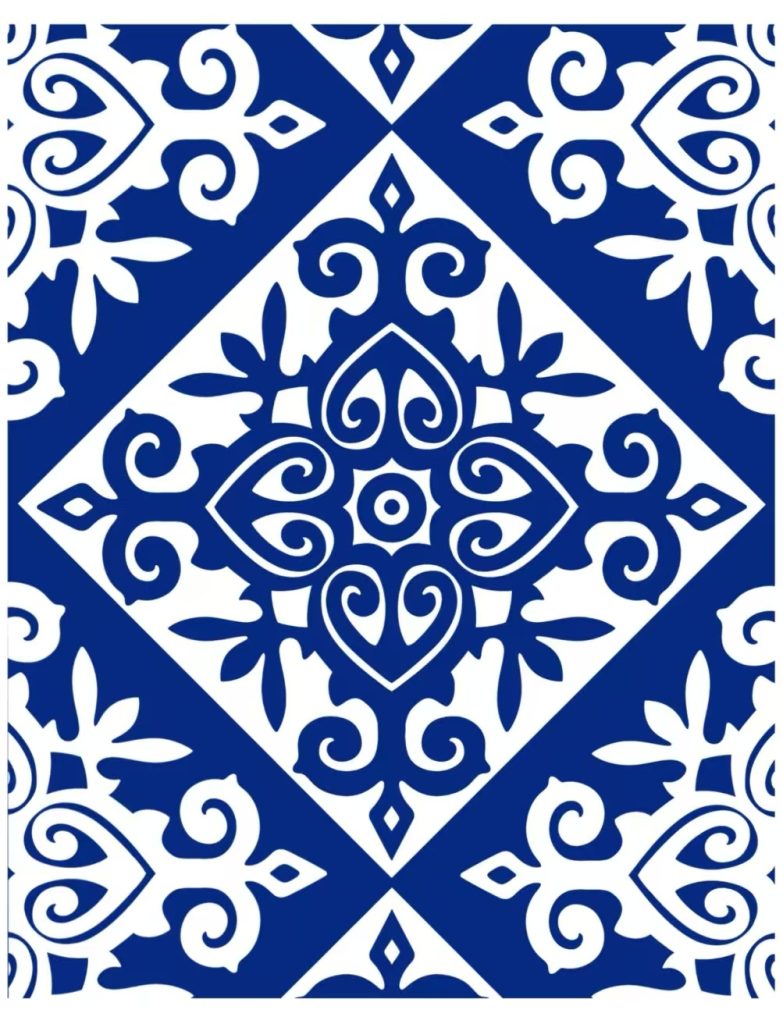
Patterns are both a medium and a carrier of cultural heritage. The application of traditional patterns in modern clothing represents a pursuit of beauty and the inheritance of ethnic culture.
Common forms of Kazakh traditional patterns include S-shaped, cross-shaped, circular, square, and triangular, each with different symbolic meanings.
1.11.1 S-shaped pattern: An extension of the basic shape of the argali horn, symbolizing the infinite cycle of all things in the world.
1.11.2 Cross-shaped pattern: A symbol of the sun’s radiation and a traditional symbol of Tengri worship. The cross mark represents the sun’s movement, reflecting the process of the world’s rotation around an axis.
1.11.3 Circle: Symbolizes the life-giving sun, expressing the ancients’ worship of the sun.
1.11.4 Triangle: The symbol of the Kazakh “Uly Tau” sacred mountain. In the eyes of ancient Kazakhs, the triangular shape has a powerful protective function, so national amulets are often designed in a triangular shape, believed to protect against disasters and protect livestock.
Kazakh patterns have the value of ancient civilization. According to written materials from the Kazakhs, unlike the plant patterns of the Central Plains civilization, the Kazakh people have formed their current patterns from simple to complex, from imitation to creation, based on their long-term life experience. With the rise of the market economy, its impact on the consciousness of the Kazakh people has also increased (especially for the younger generation). With the development of the times, the ancient pattern art is gradually disappearing, and the number of craftsmen is also decreasing.
Kazakh patterns have been produced and developed along with the Kazakh people, but they are not limited to this. On the contrary, they have gradually improved. The source of Kazakh pattern creation comes from nomadic life and their own imagination. The patterns are not only exquisite in shape but also rich in connotation. Because different animals have different symbols in the cognition of the Kazakh people. For example, horses symbolize agility, beauty, and purity, while sheep symbolize honesty, gentleness, and abundance. If the Kazakh people abandon animal husbandry, the development of their patterns will also be different.
References
[1] Liu Dingling. Kirgiz Patterns Collection [M]. Beijing: Ethnic Publishing House, 1990.
[2] Cui Jing. Exploration of the Composition and Needlework of Kazakh Embroidery in Chinese Traditional Culture [J]. New West: Mid-month · Theory, 2018(16).
[3] Gulnur Ikrann. Preliminary Exploration of Kazakh Pattern Patterns in Kazakh Costume Accessories [J]. Mass Literature and Art, 2016(15).

